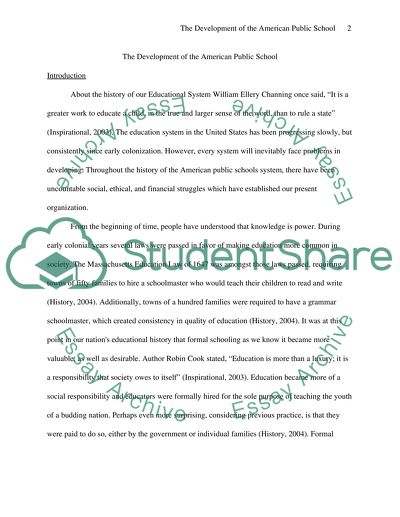Cite this document
(“The Development of the American Public School Essay”, n.d.)
The Development of the American Public School Essay. Retrieved from https://studentshare.org/miscellaneous/1510660-the-development-of-the-american-public-school
The Development of the American Public School Essay. Retrieved from https://studentshare.org/miscellaneous/1510660-the-development-of-the-american-public-school
(The Development of the American Public School Essay)
The Development of the American Public School Essay. https://studentshare.org/miscellaneous/1510660-the-development-of-the-american-public-school.
The Development of the American Public School Essay. https://studentshare.org/miscellaneous/1510660-the-development-of-the-american-public-school.
“The Development of the American Public School Essay”, n.d. https://studentshare.org/miscellaneous/1510660-the-development-of-the-american-public-school.


